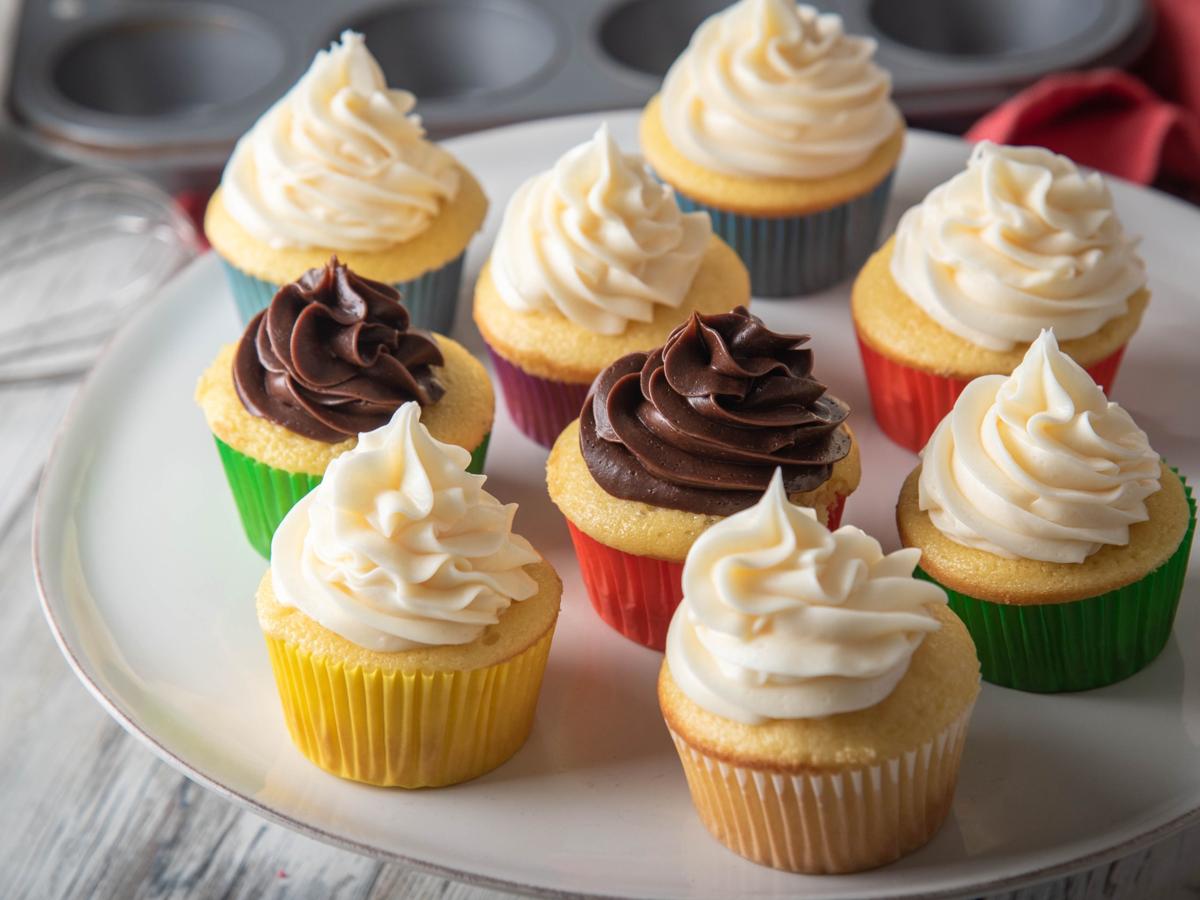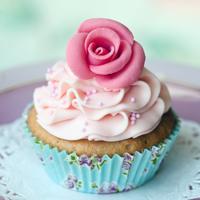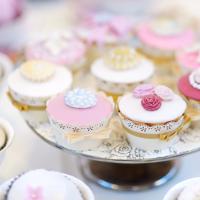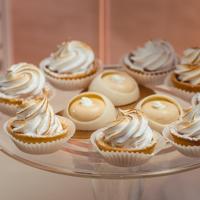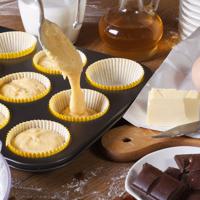For anyone diving into the delightful world of cupcake baking and decorating, selecting the right cupcake liners might seem like a minor detail. However, these little cups play a significant role in your baking experience and the final presentation of your sweet treats. In this guide, I’ll share insights into choosing cupcake liners, accompanied by some tips and examples.
Understanding the Basics
Cupcake liners serve multiple purposes. They provide a barrier between the batter and your baking tin, facilitate easy removal, and add a dash of decoration. They also help to retain moisture in the cupcakes. However, with endless options available, it can be challenging to choose the right type for your needs.
Materials Matter
Cupcake liners are typically made from paper, foil, or silicone. Each material offers unique qualities.
-
Paper Liners: The most commonly used, paper liners are available in numerous colors and patterns. They are disposable, making cleanup easy. However, they can sometimes stick to the cupcakes, especially if not greased, and may absorb some of the cupcake’s oil, altering its appearance slightly.
-
Foil Liners: These are lined with paper and offer an elegant look with their metallic finish. They are more effective at preventing the greasy feel that sometimes comes with paper liners and tend not to stick to baked cupcakes as much.
-
Silicone Liners: Reusable options that are environmentally friendly. They are non-stick, durable, and retain their shape, although they do not come in as many design options as paper liners.
Sizing Your Liners
Cupcake liners come in various sizes. The standard size fits most cupcake pans, but if you’re baking mini or jumbo cupcakes, ensure you have the correct size liner. Using appropriately sized liners will help the batter rise as intended and ensure even baking. For more information on choosing the right size, see our guide on cupcake sizes.
Color and Pattern Choices
The visual appeal of your cupcakes often revolves around the liner. Holiday-themed liners offer a festive touch, while solid colors can complement a specific color scheme at an event. Consider the theme of your occasion when choosing liners. A birthday party might call for bright colors and fun patterns, while a wedding might be more suited for subtle, elegant designs.
Specialty Liners
Certain baking projects might call for specialty liners. For instance, eco-friendly liners made from unbleached materials are available for those looking to minimize their environmental footprint. Additionally, for allergy-sensitive bakers, there are liners made without potential allergens such as gluten.
Testing Different Liners
It might be helpful to conduct a small experiment when selecting liners. Try baking a batch of cupcakes using different types of liners to see which one aligns best with your needs in terms of performance and aesthetic appeal. Pay attention to how the liners hold up in terms of grease resistance, stickiness, and visual quality after baking.
References and Further Reading
Exploring various resources can deepen your understanding. Websites dedicated to baking, like King Arthur Baking and Sally’s Baking Addiction, often offer reviews and discussions on different liners. Additionally, checking the recommendations from fellow bakers on forums can provide first-hand insights.
In conclusion, choosing cupcake liners may seem minor, but they indeed hold more significance than meets the eye. Whether for practicality or presentation, understanding your options can enhance your baking experience. It’s a journey, so don’t hesitate to try something new and find what works best for you.
